Himalayan cats: characteristics, varieties, choice and rules of care
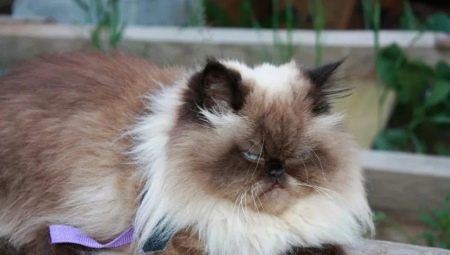
Anyone who equally appreciates the charm of the Persian cats and the splendor of the Siamese will find a lot of pleasure in becoming the owner of the Himalayan cat. This breed combines all the virtues of the Siamese and Persians. In order for the pet's life to be long, and he himself pleases with his appearance and affectionate disposition, you need to take proper care of him.
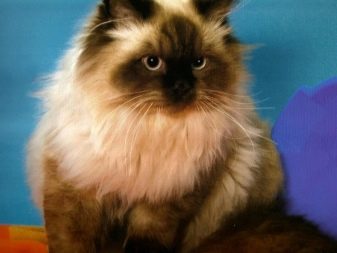
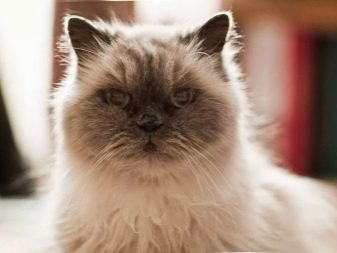
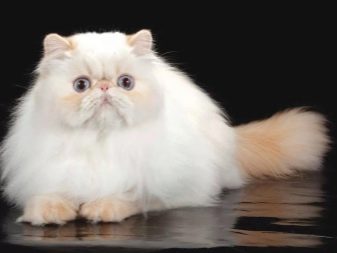
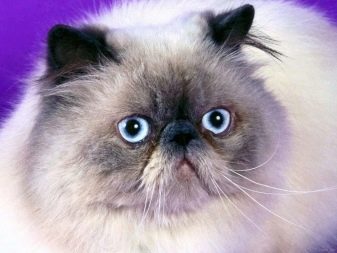
Description
The Himalayan cat, despite its "geographic" affiliation, is of American origin by its name. It was in the United States in the middle of the last century that the Siamese and Persian cats were crossed. In the US, the new breed was called the Himalayan, and in the UK, the color-point. Both one and the other name have the right to exist.
In a cross between a Siamese and a Persian, the corresponding hereditary material was found, as in the Himalayan rabbit, which has light hair on the body with dark places on the ears and limbs. At the same time, the name color-point suggests such features of the cat's color.
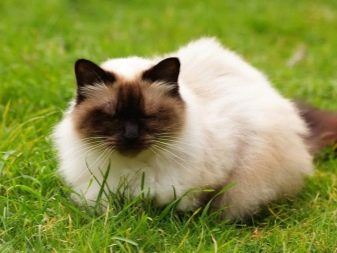
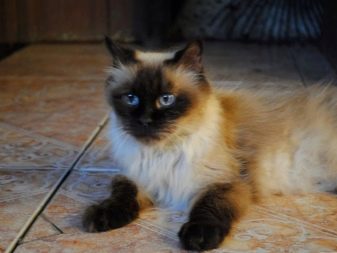
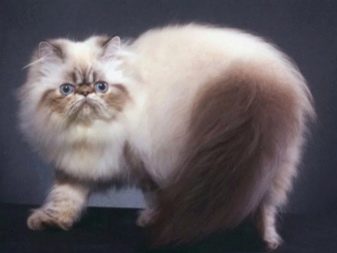
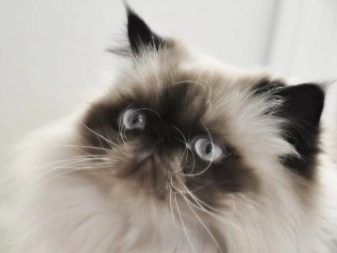
In the Siamese-Persian mestizo, the features of one and the other breed are harmoniously combined. The features of both ancestors are clearly visible in the cross. From the Siamese Himalayan cat got bright blue eyes and characteristic features of color, and from the Persian - a beautiful fluffy coat and an upturned nose. The weight of a representative of this amazing breed usually ranges from 4-6 kilograms, although some adults have a more significant mass. The breed standard assumes the following features:
- round head shape;
- noticeable cheeks;
- the muzzle is wide and flattened;
- ears are small, set wide apart;
- blue eyes;
- snub nose, with open nostrils;
- a strong physique and a pleasant, slightly prominent belly;
- short legs;
- long fur with thick undercoat;
- there is a beautiful “collar” on the neck;
- the tail is lush;
- on the muzzle there is a dark "woolen mask".
The mixture of Siamese and Persian cats is very bizarre in appearance, all the more attractive to connoisseurs of the Himalayan cat breed. On average, their life expectancy is about 12 years. Approximately so many owners will be able to enjoy the company of a furry friend.
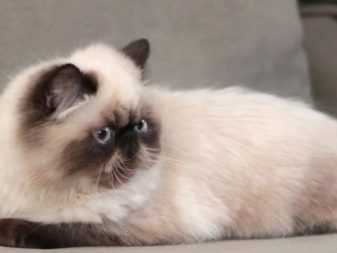
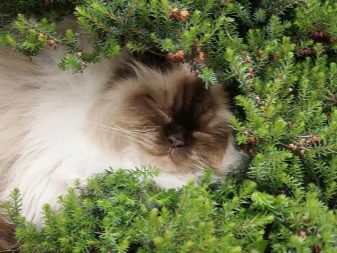
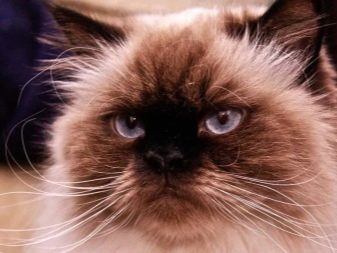
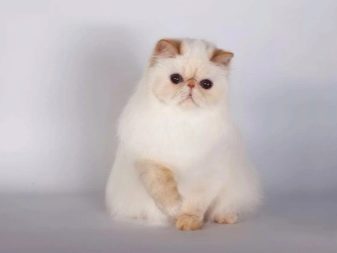
Character traits
The Himalayan cat is not a creature that will calmly endure the absence of human society. Unlike many of its fellows, this animal is strongly attached to its owners, as well as to the house in which it lives. From time to time, the pet will attract attention in every possible way in order to receive the next portion of the affection. He loves to sit in his arms, showing his friendly disposition. He really likes to be stroked. If you need to remind a person of his needs, the cat will not only look in the eyes and rub against his legs, but also meow softly.
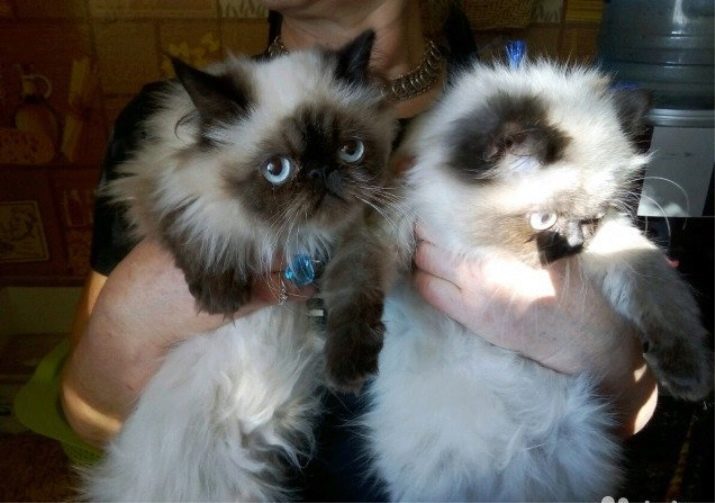
The Himalayan cat patiently endures the fun of children, without showing its claws and not using its teeth. This happens if only she gets hurt. If the fluffy beauty does not like something, she will not take revenge, like the Siamese, but simply go to a secluded place where she will not be reached. In order not to feel lonely, the pet can follow the owner from room to room. But at other times laziness attacks him, he can lie on the sofa or windowsill for 20 hours, being immersed in a deep sleep. By this behavior, the "Himalayan" strongly resembles his ancestor in the Persian line, although the representative of the "new breed" is still much more active.
A cat can play with a toy for a very long time, especially if there is a beloved owner nearby. At the same time, this animal will never be naughty, making forays on curtains and wardrobes, as well as conquering other "peaks". Cats subtly feel the mood of their owners, listen with pleasure to what they are told. Sometimes it seems that animals really understand human speech.
At the same time, they do not like a noisy society. They do not rush to enter a room where there are a lot of people. Walking outside is not for them. They are more comfortable in the house, among those whom they know well, than out in the open.
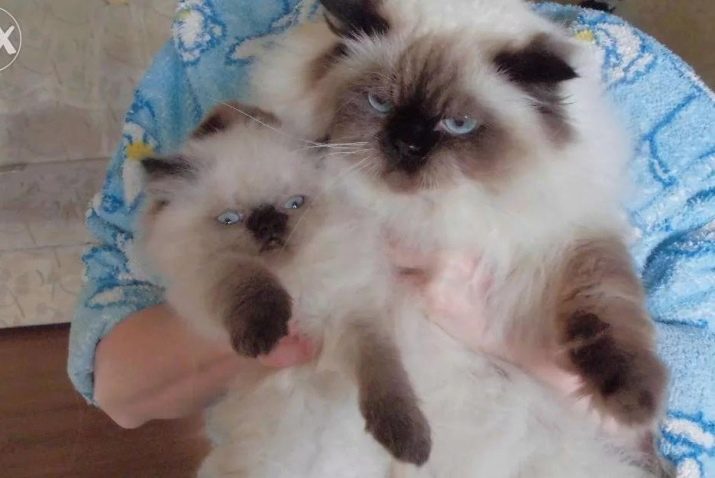
Types of colors
Kittens of the Himalayan breed do not have a pronounced color. Their "color" appears to be more uniform than that of adult cats. The final color appears only by two or three years. The spots on the paws, tail and muzzle are of different shades. There are Himalayan cats of the following colors:
- with cream spots on the fur;
- with purple;
- with redheads;
- chocolate color;
- gray;
- blue.
Breed standards assume a dark mask on a main light background that does not go beyond the "face". Sometimes the dark parts of the color are stripes or spots of a different shade. The most valuable are chocolate and lilac colors on a light background - cream or white.
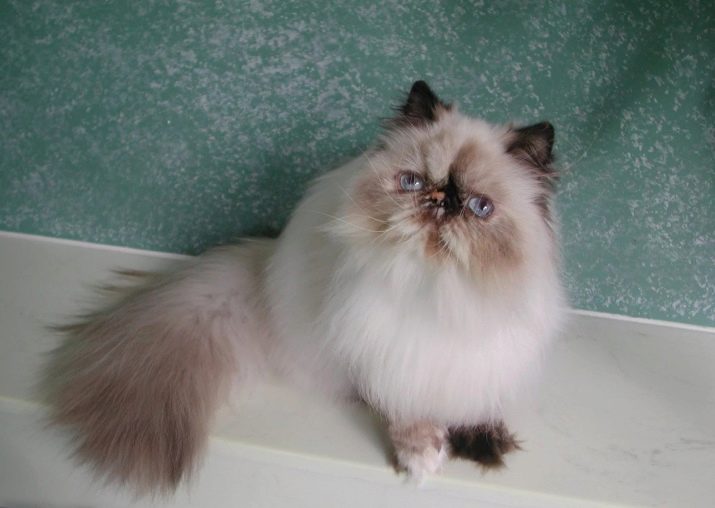
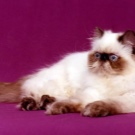
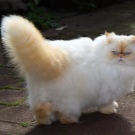
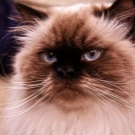
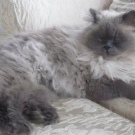
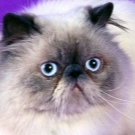
How to choose?
Considering that Himalayan cats are a relatively new breed, it will not work to find such interesting kittens according to the ad. And even more so, you will not meet this animal on the street. The price of a purebred kitten is at least 10 thousand rubles. So even if you come across a "fluffy specimen" with blue eyes and a thoroughbred mother, this does not mean that the characteristic features will be passed on to descendants. "Outbred" genes will all the same "come out" outside.
A pure representative of the breed is found only in the nursery or with the breeders. In any case, when choosing, you need to focus on the following criteria:
- the prestige of the cattery (you can study online reviews);
- the type of animals that speaks about the conditions of detention (if they are well-fed, well-fed and satisfied, everything is fine);
- the kitten's appearance (how healthy he looks);
- passport and pedigree;
- the age of the furry.
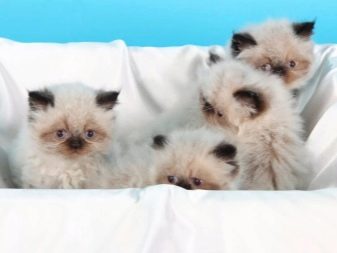
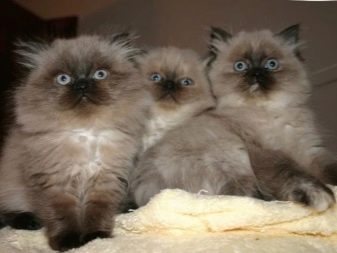
It is considered the norm to take a kitten into the house that has reached the age of three months. By this time, the animals have already developed immunity, the necessary vaccinations have been carried out. In addition, the baby in a certain sense is already accustomed to everyday life, and you can also be sure that moving to a new place will not become severe stress for him. If a kitten, for example, is only 1.5 months old, he is taken to a new home only in unforeseen situations. For example, something happened to the mother cat.
When everything is in order, the baby needs to be with her before he gets stronger. And this happens, first of all, thanks to mother's milk.
Important! An early break with his mother affects the character and habits of the cat as he grows up. Stress doesn't go to waste.
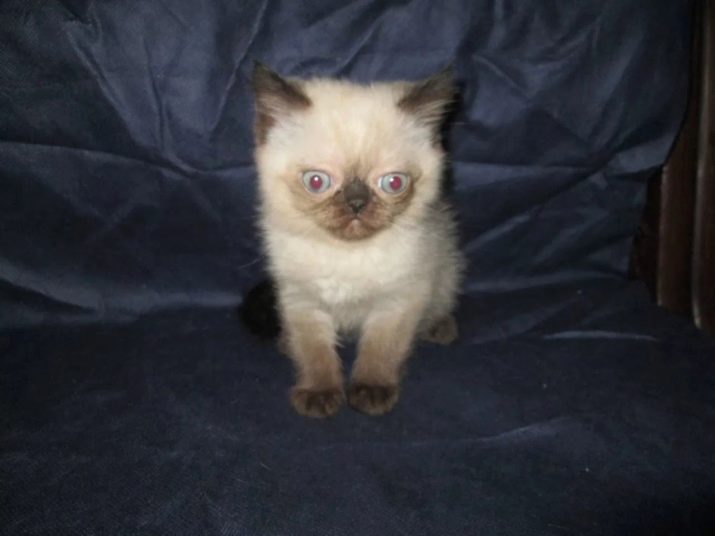
It should be noted that in the passport for the kitten, which must be presented by the breeder, notes are made about the vaccinations of the pet. A hologram is pasted into the document, confirming the fact of vaccination, as well as the stamp of the veterinary clinic and the signature of the doctor. There may also be a mark about sterilization or castration.
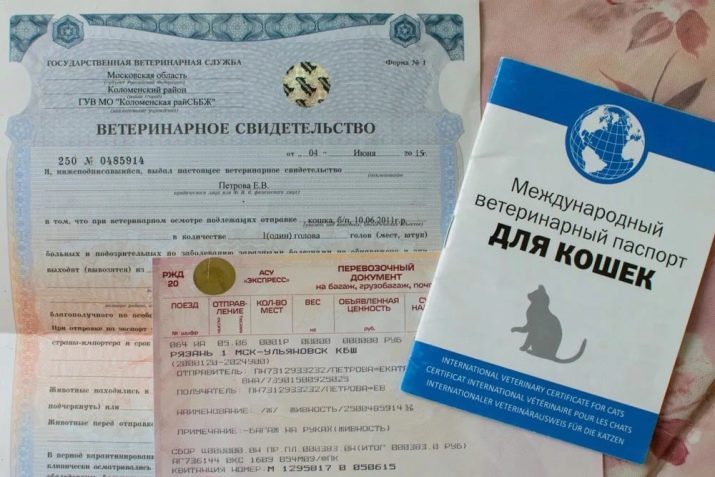
Content
For a fluffy tenant, you need to purchase items such as:
- bed or cat's house;
- bowls;
- toilet;
- toys.
A couch or a house is installed in a secluded corner (at least for a start), which will allow the mustachioed-tailed beetle to avoid excessive nervousness while he gets used to the house and its tenants. It is advisable to choose a small tray for the baby so that it is easy for him to climb into it. (When he grows up, you will need to buy another, more suitable size). You can leave the wire rack on the tray to begin with. If the pet does not like it, it is not difficult to remove it.
As for the filler, it is desirable to choose a coarse material, for example, wood filler or artificial stone. The advantage of wood is that it perfectly keeps the smell, although when wet it turns into sawdust, which sticks to the cat's fur. This does not happen with stone.
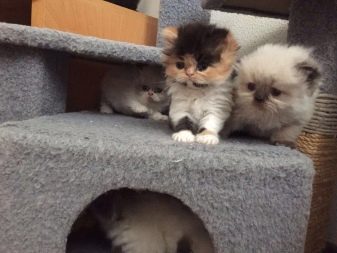
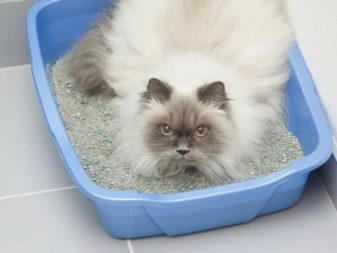
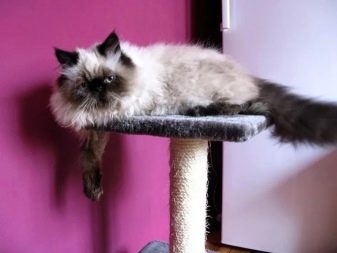
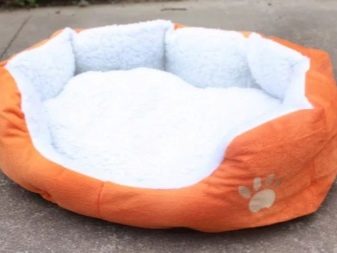
Nutrition
How a cat eats depends on its appearance and health. You can use both ready-made store food and natural ones. Store shops are easier to use, since they already contain all the substances that the cat's body needs. The Himalayans are given both dry food and wet canned food. It is important to choose the right product line. Check the packaging for information on whether a particular product is suitable for your pet. The composition, storage rules, expiration date and so on are indicated there.
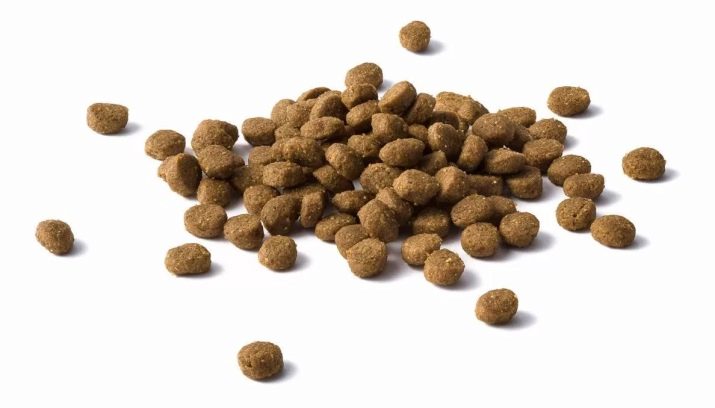
If ordinary foods are used, the cat owner will have to independently calculate their calorie content and assess the presence of the necessary substances. It is impossible to feed an animal with the same products all the time - it is very difficult to include all the necessary micro- and trace elements, vitamins in one dish. Moreover, if the cat gets tired of food, he will resist and wait for something new. Himalayan cats are fed foods such as:
- poultry and beef;
- porridge (rice, buckwheat, oatmeal, and so on);
- vegetables and fruits;
- fish (remove bones);
- eggs;
- dairy products.
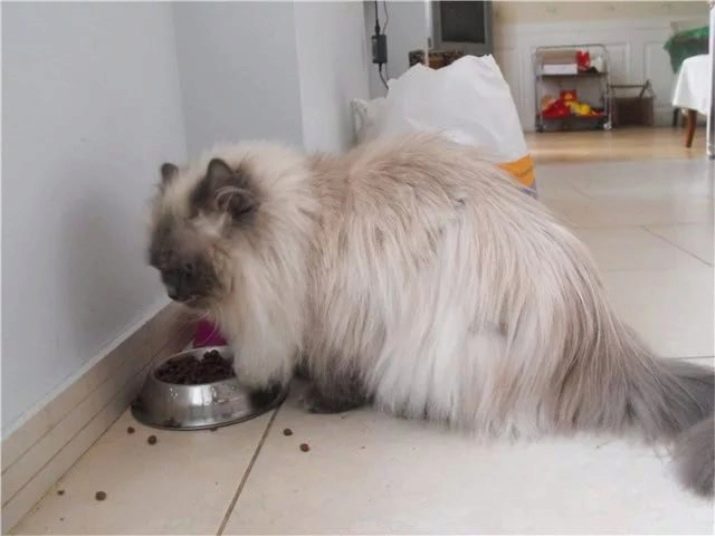
It is better to cook the meat before feeding, and if it is given raw, then the product is first frozen, and then the reverse process is carried out. This prevents the cat from becoming infected with parasites and harmful microbes. Do not give your pet meat in large pieces. If you do not cut it into small pieces, the animal may choke. Fruits and vegetables are served raw or cooked. Fish and dairy products should appear in the diet infrequently, so that there is no overload of calcium and phosphorus in the body.
An adult kosh should have two meals a day at a strictly allotted time. If she is fed in fits and starts, giving food from the table, she will learn to beg. To prevent your pet from feeling offended, it is advisable to give him food during his own breakfast or dinner. A furry friend dislikes watching the owner's food when his own bowl is empty.It should be remembered that in the case of table handouts that become an addition to the main meal, the cat may gain excess weight. It will come to obesity. Therefore, such pampering should not be allowed.
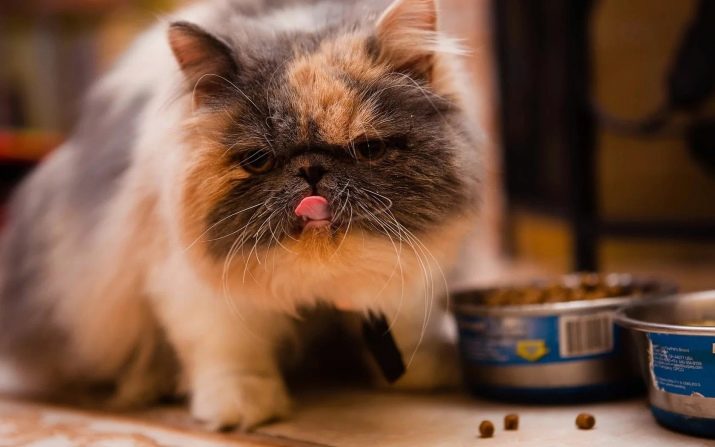
Hygiene
Considering that the cat has long hair and a downy base instead of the usual undercoat, such a coat requires constant attention. If you do not deal with it, it will "overgrow" with tangles, as the hairs on it quickly become entangled, becoming covered with fat released from the skin. This is ugly and inconvenient for the pet itself. If you do not comb your fur coat at least 3 times a week, instead of a fluffy one there will be a sociable walking felt boot in the house.
A slicker is useful for combing. You can buy it at a pet store. An alternative is a fine-toothed comb. Some owners acquire a whole set of tools for tidying up their fur, including the following tools:
- slicker;
- comb with frequent teeth;
- comb with sparse teeth.
Important! If there is no time for combing procedures, you can use a furminator comb, which allows you to quickly comb your pet's hair, even during the shedding period.
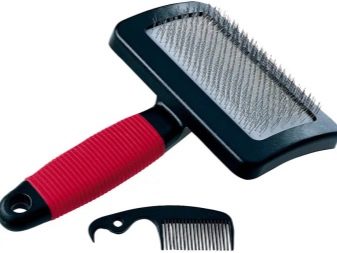
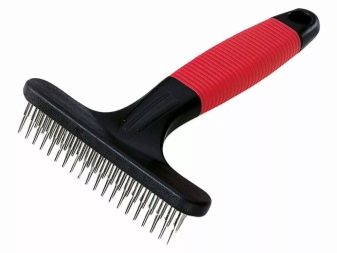
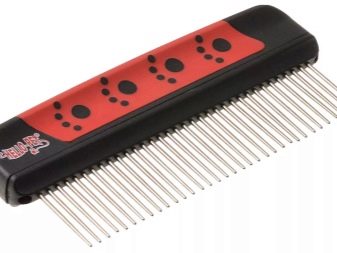
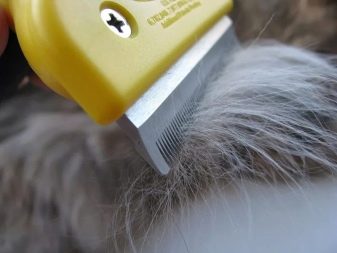
In order for the cat's fur coat to always look beautiful, the fluffy needs to be bathed from time to time. Water removes the secretions of the sebaceous glands from the skin, preventing mats from quickly forming. With Himalayans, water procedures are carried out once a month, although if the pet quickly manages to stain the light "clothes", this can be done more often. In the case of this breed of cats, there are no problems in contact with water. Himalayan people calmly perceive immersion in liquid.
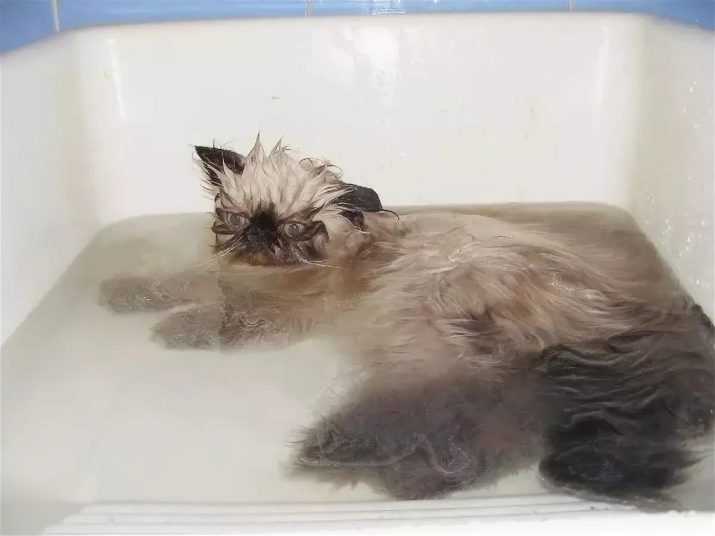
For washing, you need to use special shampoos, and not the ones that people keep for themselves. After water procedures, the pet is wrapped in a towel so that moisture is absorbed into the fabric. Do not rub the wool to dry it. It is enough to let the liquid penetrate into the towel. Then you can wrap the cat in another dry towel. And when very little moisture remains on the wool, you can dry it with a hairdryer.
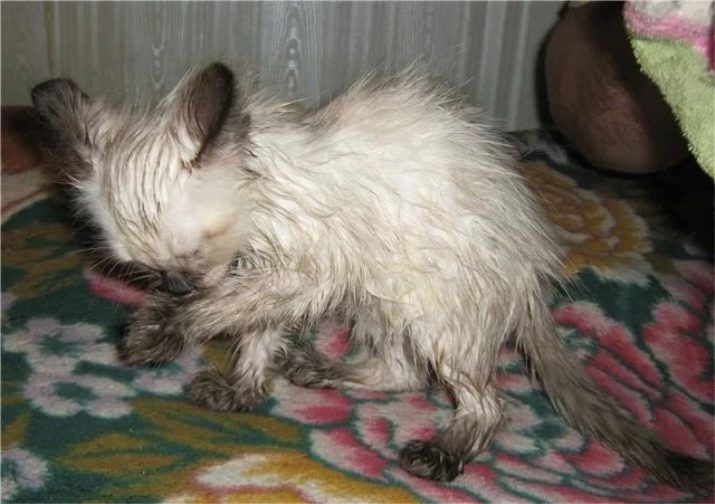
Not only wool, but also the organs of vision of the Himalayan cat requires attention. Her eyes are large and her hair is long. In this case, due to the flattening of the muzzle, the lacrimal canal is disrupted. Coming into contact with the surface of the eyes, the wool causes lacrimation, dirt forms in the corners of the "cat's eyes". They need to be cleaned up once a day with a wet cotton swab. This will avoid inflammation. As for the ears, they are cleaned once every 7 days using petroleum jelly or special oil.
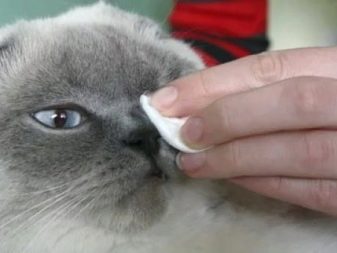
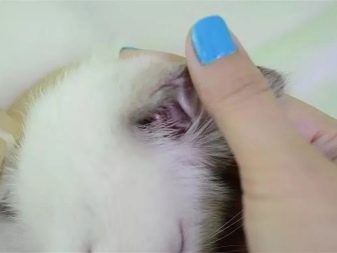
Possible diseases
Keeping Himalayan cats comes with some problems. In addition to watery eyes, it can be snoring. But just such oddities cannot in the full sense be attributed to diseases. What seems to be a breathing problem for a person is normal for such a cat, since snoring is associated with the peculiarities of the "device" of the respiratory system. (Although this does not negate the fact that a flattened nose constantly attracts respiratory diseases).
With regard to the health of Himalayan cats, symptoms such as:
- loss of body weight;
- violation of appetite;
- the cat has difficulty breathing;
- lethargy;
- aggression;
- skin problems such as flaking or swelling;
- strong discharge from the eyes, nose;
- painful eye changes such as dilated pupils or puffiness;
- painful urination in the pet;
- diarrhea and vomiting.
Any of the suspicious manifestations is a reason to urgently consult a specialist. And also it should be borne in mind that "Persian inheritance" is manifested in a predisposition to renal diseases, in particular, to polycystic disease.
If a cat constantly drinks and has difficulty going to the toilet in a small way, doing it suspiciously often and at the same time "missing" past the tray, you need to deal with his health.
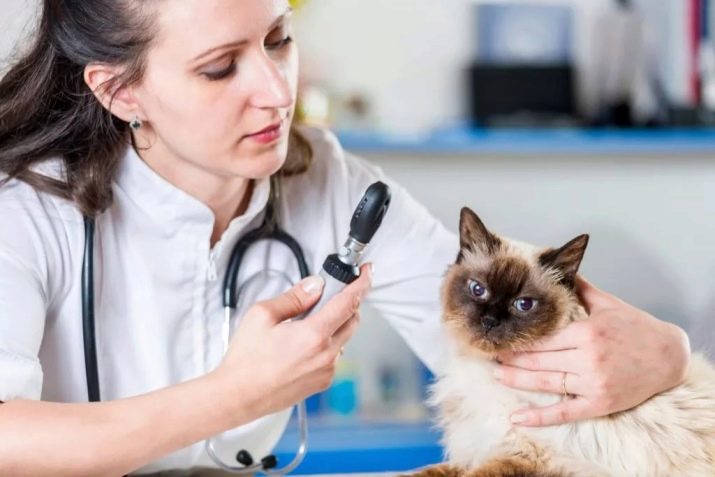
Owner reviews
The attitude of their owners to the breed of Himalayan cats is often the opposite.Some are completely delighted with their pets, do not get enough of their high intelligence and beauty, while others find in them a constant source of problems associated with the peculiarities of their physiology and character. In particular, many are unhappy with the rapid weight gain and the fact that cats sleep too long. Others struggle with wet eyes and nose problems.
According to the observations of the owners of pussies, they are very smart. Some people learn to go to the toilet, get along well with other animals in the house, and are very mobile.
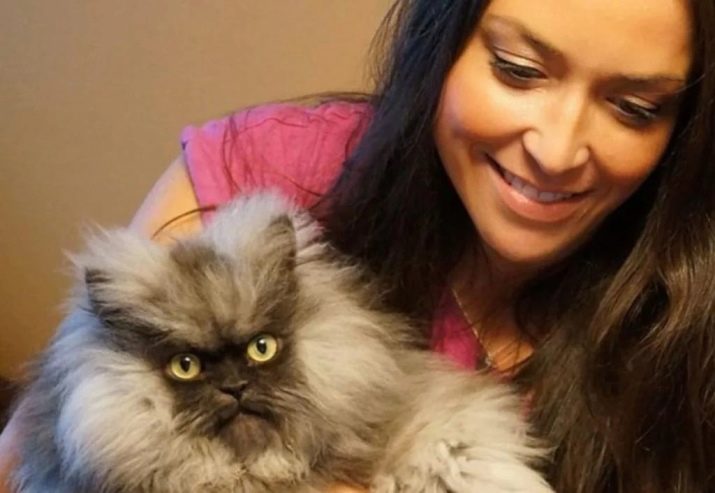
For the features of the Himalayan cat breed, see below.

































I have a red point Himalayan cat and her name is Isabelle.